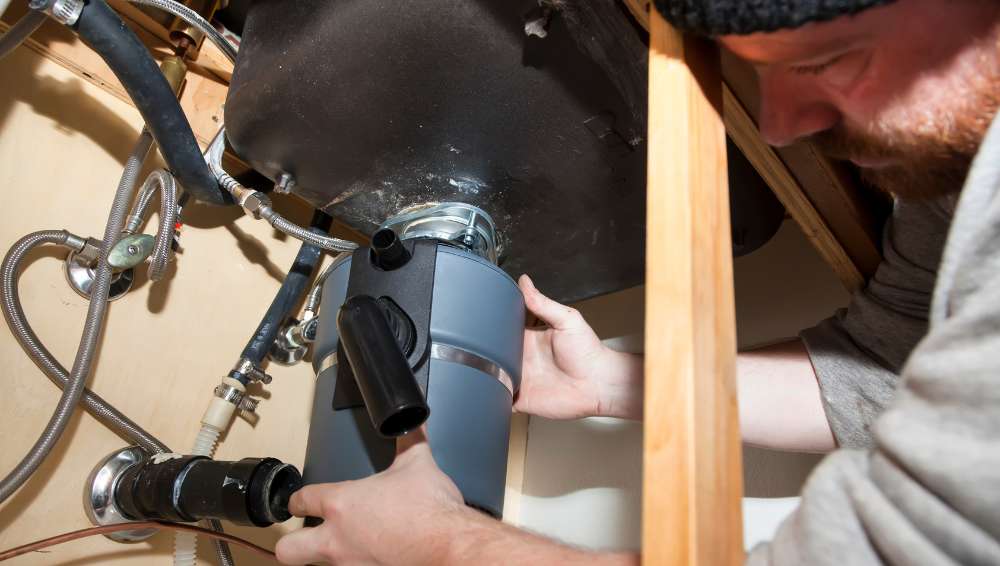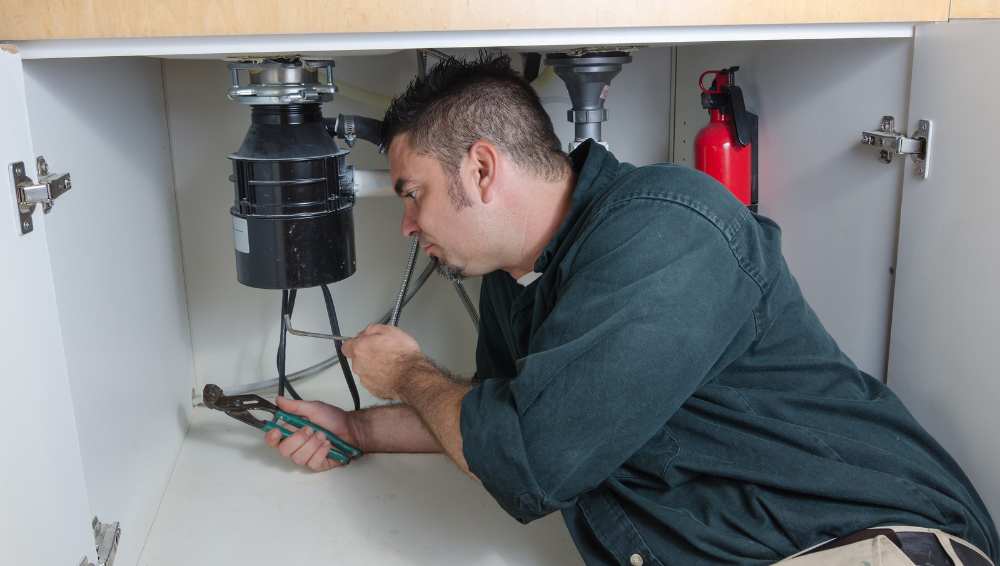A garbage disposal can be a very useful appliance. It is especially helpful if you like to cook a lot of food at once. The problem is that many people don’t know how to properly clean and maintain their disposals.
In fact, there is no need to worry about replacing your garbage disposal because it should last many years. This means that you can always rely on your disposal to get rid of your leftovers.
However, if you don’t know how to use garbage disposal or clean it properly. We all know that there are different things that you shouldn’t put down the sink. The best thing to do is to keep your garbage disposal clean.
Don’t use soap, hair conditioner, or detergents in the sink. These are chemicals that can make your plumbing system clog up and fail. It is best to use hot water to clean your sink, dishwasher, or garbage disposal.
That will kill bacteria and help prevent your plumbing system from becoming clogged. There is another thing that you should never put in the disposal, sink, or down the drain.
That is grease. Grease should be disposed of properly and not put into the drain or down the sink.
Use Cold Water at Your Disposal
Do you have a kitchen garbage disposal unit? No problem! Let’s discuss how to maintain it for optimal performance and longevity. While it’s a convenient appliance, using it properly is essential.
Excessive use of the disposal can lead to frustrating clogs, especially in homes with curious pets or young children.
Here’s a helpful tip to prevent those annoying clogs: run cold water while using your garbage disposal. Cold water solidifies fats and grease, making them easier to wash away.
Want to enhance your cleaning routine? Clear your sink, add some soap, and let it soak. This method breaks down fats and grease, making it easier to clean your drain thoroughly.
By following these simple steps, you’ll keep your garbage disposal in top shape, ready to tackle anything you toss into it.

Don’t Overload your Disposal
Garbage disposals are designed to grind various types of solid waste, and most households have one installed to eliminate trash effectively. The waste generated from food that
you place into the disposal unit is referred to as food waste.
Food waste harbors germs and bacteria that can contaminate water and soil if not disposed of correctly.
Some types of waste contain hazardous chemicals that can cause serious health problems. Your home garbage disposal should not be used to remove batteries, paints, pesticides, medicines, household cleaning products, and antifreeze. Remember that don’t overload your disposal.
If you aren’t sure about what you should and shouldn’t throw down your disposal, ask your local health department.

Clean Your Disposal Regularly
Regularly checking your garbage disposal is a smart habit. Begin by thoroughly cleaning your kitchen sink with hot water and letting the drains run for a while. Here are some tips to follow:
- Always inspect the drain to ensure it’s clear before starting your garbage disposal. Run it for a quick 30 seconds to confirm everything is functioning properly.
- After each use, run it again for another 30 seconds. Avoid leaving any food or grease clumps in the disposal, as they can cause damage.
- Operating the disposal requires time, patience, and determination. The noise during the first run might be surprising.
- You might feel a bit fatigued after using it. If you plan to use it for an extended period, you’ll need to build up your endurance. Keeping the unit clean is crucial to prevent jams.
- Buildup can occur inside the unit, blocking the blades and impeding their function. To fix this, flush it out with cold water. Additionally, avoid disposing of certain foods and waste to maintain optimal performance.

Calling for Service too
Dealing with a finicky garbage disposal can be a bit frustrating, but fret not! If you want to put an end to this issue once and for all, here are some friendly tips to consider. To start, give your disposal a breather by turning it off and then giving the reset button a gentle press.
Your first move should be to tackle any pesky jams causing the problem. If you find it’s a bit of a puzzle, don’t be shy about calling in a friendly plumber to lend a hand.
Alternatively, you can give it a shot and try dislodging that jam yourself. Just keep in mind, you might need a nifty tool for this mission.
If going solo seems like a daunting task, don’t hesitate to reach out to a plumber for some expert assistance.
They can work their magic, open up the disposal, and give it a good cleaning to make sure it’s humming smoothly once more.

Frequently Asked Questions:
Where does garbage disposal waste go?
Disposers are very useful appliances that can make cleaning the dishes easier. They work by using a high-powered jet of water to flush the solid waste through the machine.
The water pressure can be regulated so that it’s just enough to remove the dirt. You can turn on the water to run the waste through the drain.
It is good to know how to use the garbage disposal to avoid wasting time and money. It is very important to clean the sink properly after you are done with your meal.
This can help reduce the smell in the kitchen. Make sure that you wash your hands thoroughly when you are done. Also, clean the dishes thoroughly so that you can ensure that the bacteria is removed.
How long should you run the garbage disposal?
If you own a garbage disposal, you may not know how to use it. Disposals come with instructions, but they aren’t always easy to understand. When you need to use the garbage disposal, turn it on and run it for 30 seconds. Then, turn it off and let the water run for 10 to 15 seconds.
This will flush out the drain. After that, you should sprinkle a little bit of baking soda into the drain to freshen the place and make it smell good.
Can onion go in the garbage disposal?
When washing dishes, it’s important to separate different types of food waste. For instance, onions and garlic should be placed in separate containers since their thin skins are easier to dispose of when separated.
There’s no need to cut them into halves or quarters, as the skins remain thin even after removal.
If you use a garbage disposal, ensure that onion pieces don’t clog the system. Remove any thin parts of the onion that could slip into the disposal.
For best results, rinse onion pieces thoroughly before placing them in the garbage disposal to prevent any potential issues.


